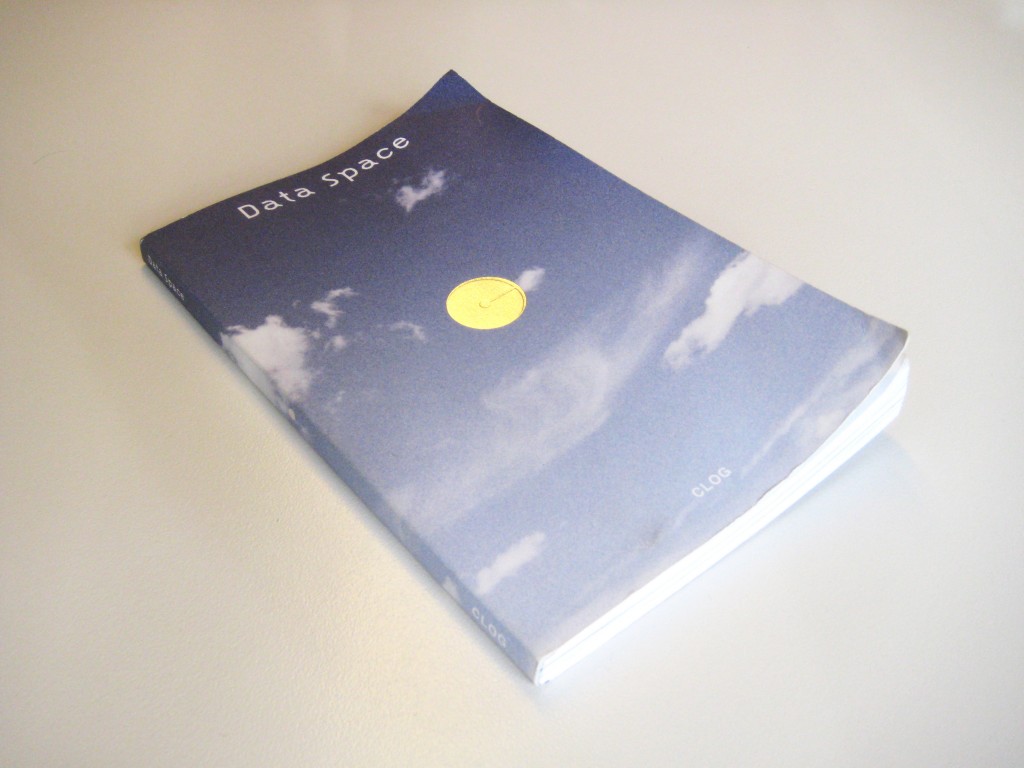Note: we mentioned this “bookazine”, Clog, in our bibliography (Clog, (2012). Data Space, Clog online), at the very early stages of our design-research project. It is undoubtedly one of the key references for this project, mostly related to thinking, territory, space and therefore rather oriented toward the architecture field. It will certainly serve in the context of our workshop with the architects (in collaboration with ALICE) next week, but not only, as it states some important stakes related to data in general. This very good and inspiring magazine is driven by a pool of editors that are Kyle May (editor in chief, we invited him as a jury member when we –fabric | ch with Tsinghua University– organized a call during 2013 Lisbon Architecture Triennale, curtated by Beatrice Galilee), Julia van den Hout, Jacob Reidel, Archie Lee Coates, Jeff Franklin.
The edition is unfortunately sold out. Reason why I assembled several images from the bookazine (for the research sake) in a pdf that can be downloaded here (60mb).
From the editorial (May 2012):
“Over two billion people across the world use the Internet regularly. Every second, 2.8 million emails are sent, 30’000 phrases are Googled, and 600 updates are tweeted. While being absorbed into this virtual world, we most rarely consider the physical ramifications of this data. All over the world, data centers are becoming integral components of our twenty-first century infrastructure. These facilities can range from small portable modules to massive warehouses full of servers – from sleek new constructions to reuse of existing infrastructures. What is the significance of this bridge between the virtual and the physical? How does this new typology affect the discourse of architecture and teh shaping of our built environment? As cloud storage and global Internet usage increase, it’s time to talk about the physical space of data.”




0 Comments